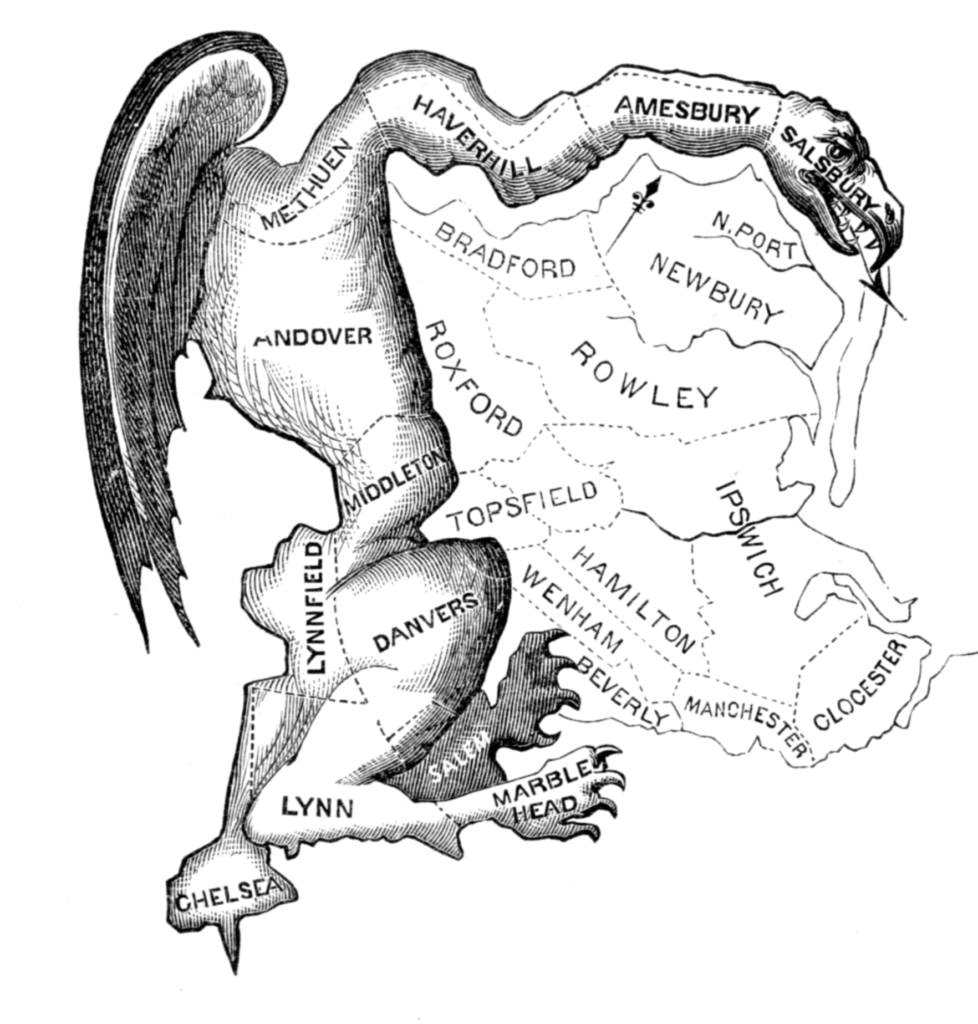Out of the many absurd and crazy things to have come out of this year’s presidential election, one of the wildest has been Republican candidate Donald J. Trump’s assertion that the election was going to be rigged. Even crazier is that he was somewhat right.
While there wasn’t any mass fraud at the polling booths on November 8th, the outcomes of this past election could not have accurately represented the views of most Americans. This has occurred by the systematic redrawing of voting districts over the last several decades. Beginning after the 2000 census and continuing after the 2010 census, incumbent senators and representatives have been able to tailor the kinds of people who would vote to favor themselves and and their parties where they controlled the state governments. This is the effect of gerrymandering.
Gerrymandering congressional districts allows one political party to diminish the influence of the other while further exaggerating its own influence. The party in power at the state level has the authority to redistrict congressional districts, and gerrymander or ‘rejigger’ by creating district boundaries that would arrange districts where supporters of your opposition likely live (urban areas for Democrats, suburbs/rural areas for Republicans) so that as many of them fill the district as possible. After your opposition’s supporters become 51 percent of that electorate, their votes towards that congressman become redundant.
Other areas that have a large portion of opposition supporters can then be attached to areas where you have a slightly larger amount of support. So long as this new district has a majority of your supporters, it renders the opposition’s votes in your district irrelevant. As long as they don’t form a majority of the votes, they have no representation. It may not be voter fraud rigging elections, but gerrymandering is certainly a tried and true way to tilt a democracy’s legislature in someone’s favor.
Gerrymandering is often a side effect of single-member districts where a given area is allocated a single representative chosen by the residents in that area, This is the system used for the United States’ congressional districts, which use a first-past-the-post system where the candidate who receives the most votes wins, no matter how small the overall percentage. This system helped Donald Trump in the Republican Primaries where he often won all or most delegates from a state with just 30-35% of the total votes.
Despite being a problem that has plagued American Democracy since it’s inception, gerrymandering is still legal throughout the United States. Until the government adopts policies similar to those of other democracies, such as creating an independent committee to design voting districts, it is likely that Gerrymandering will continue in the U.S. for decades to come.




Comments are closed.